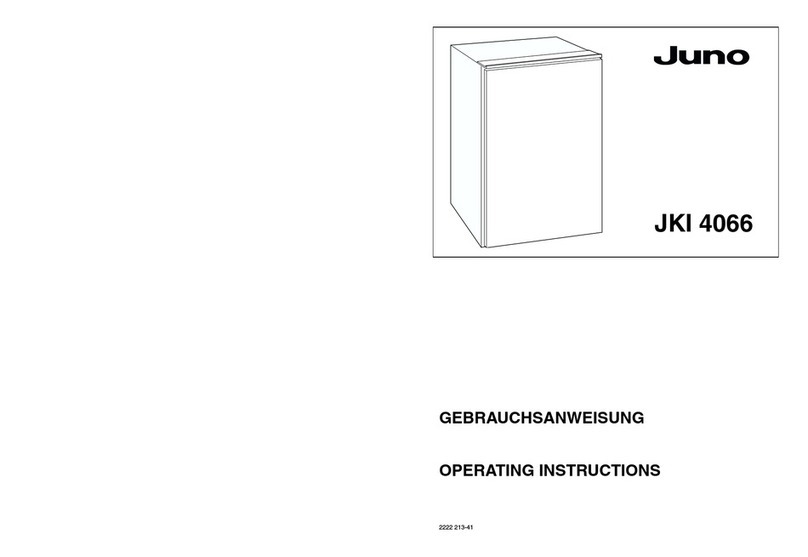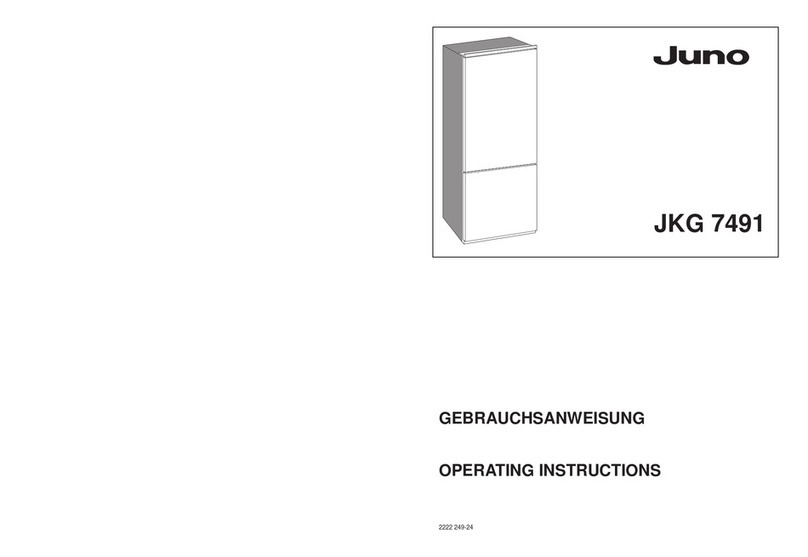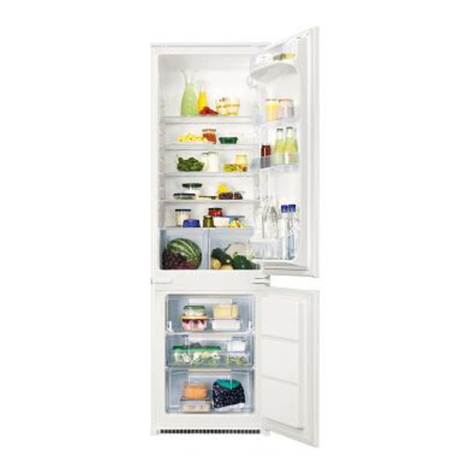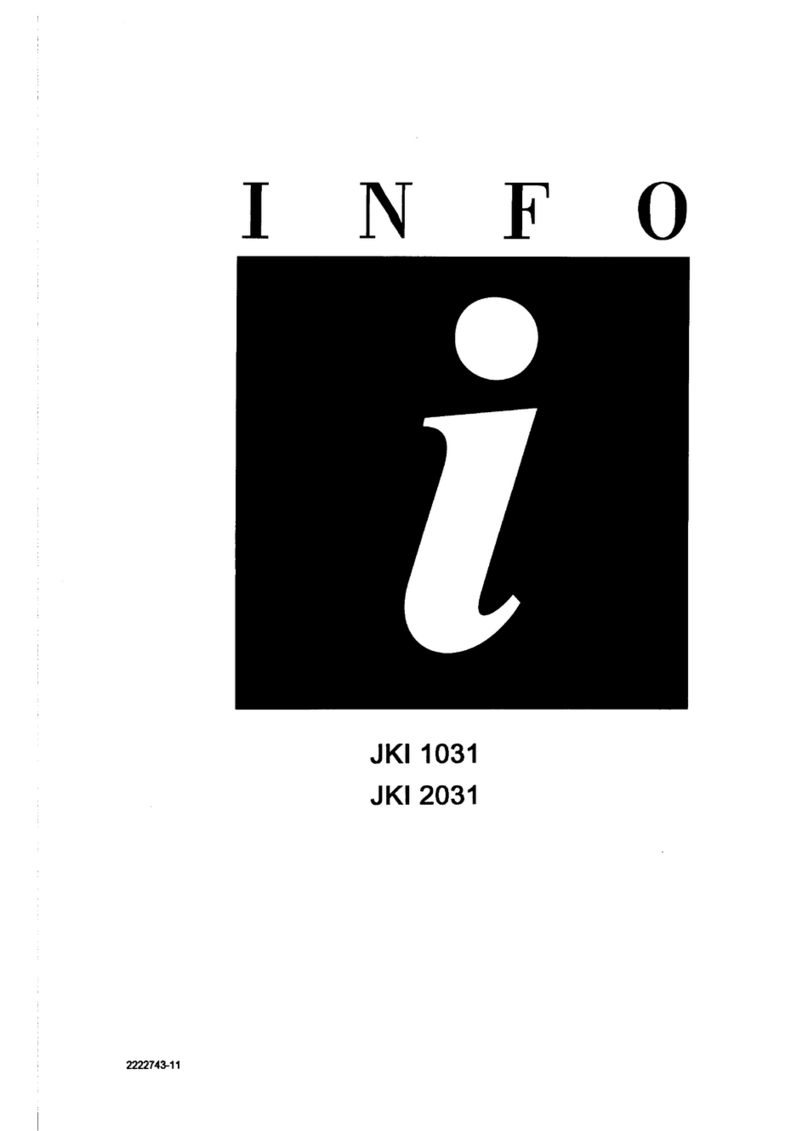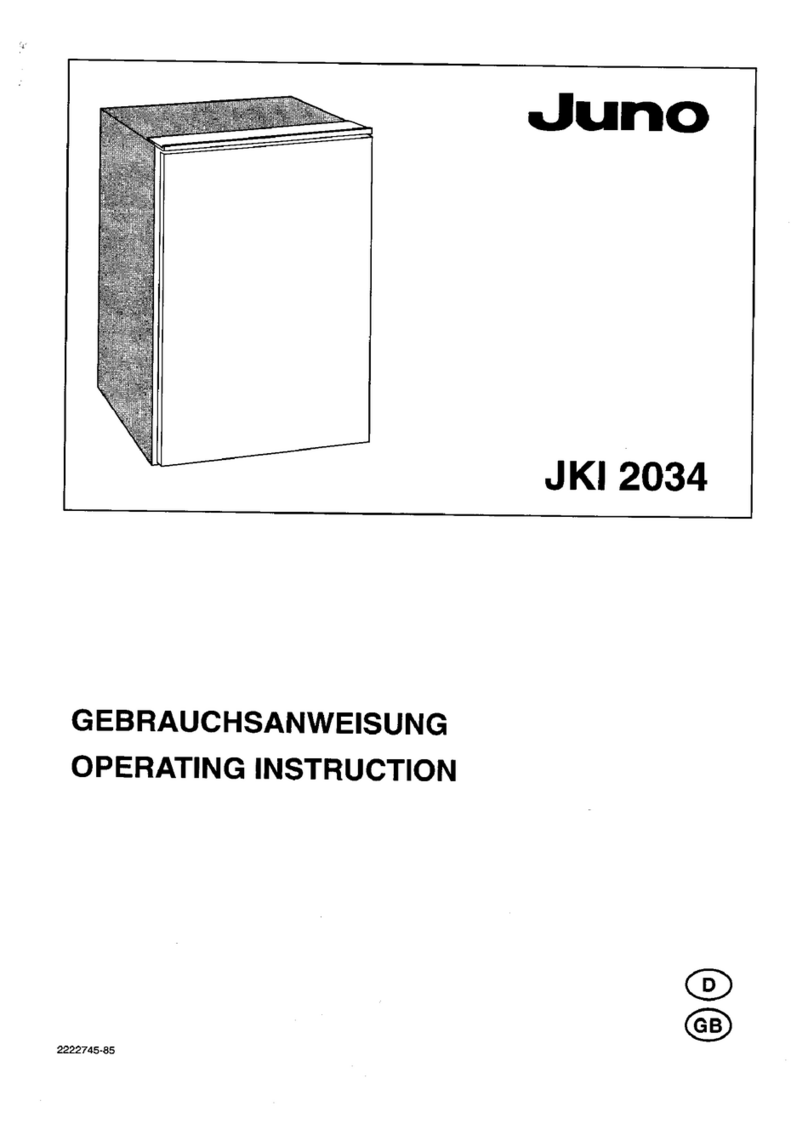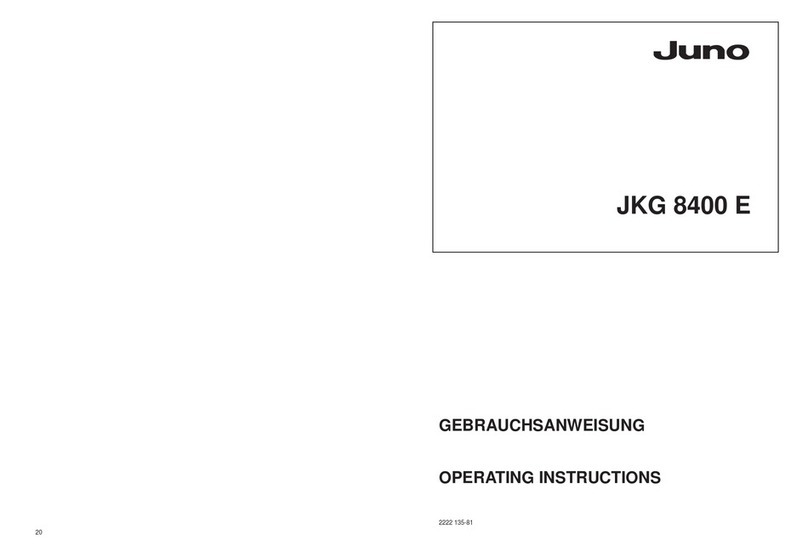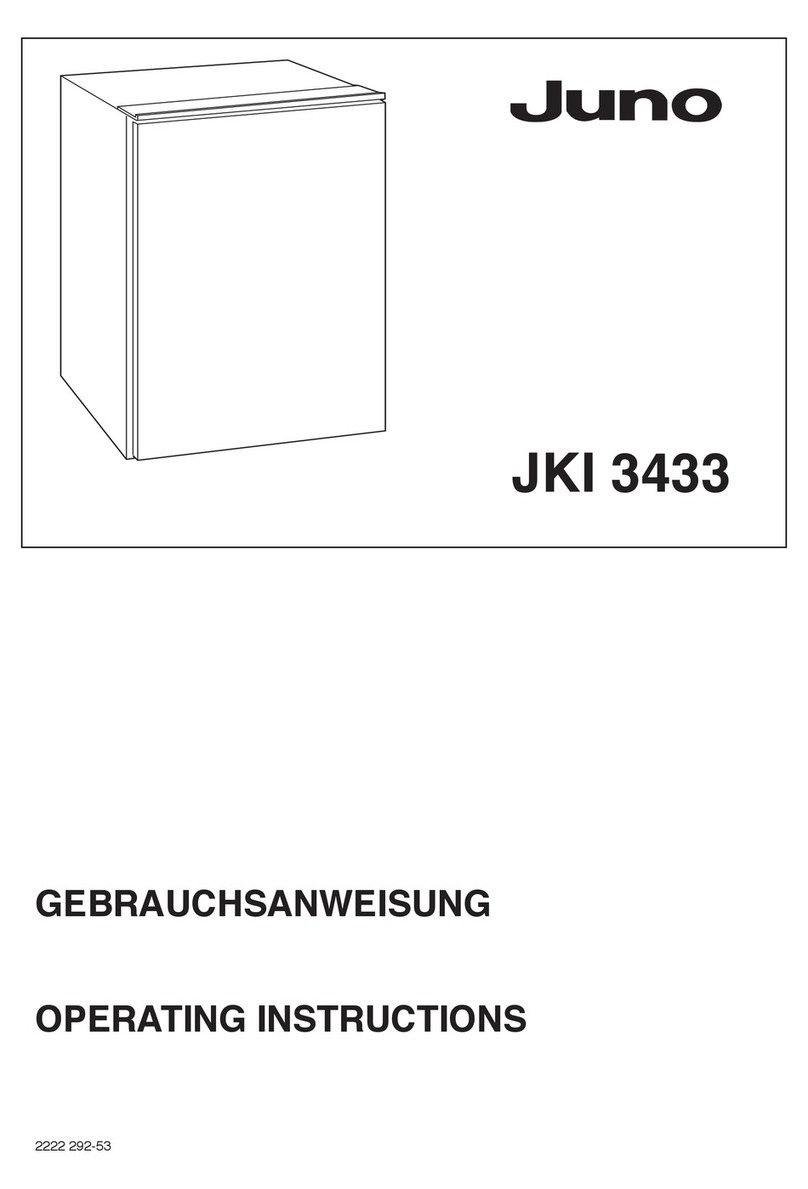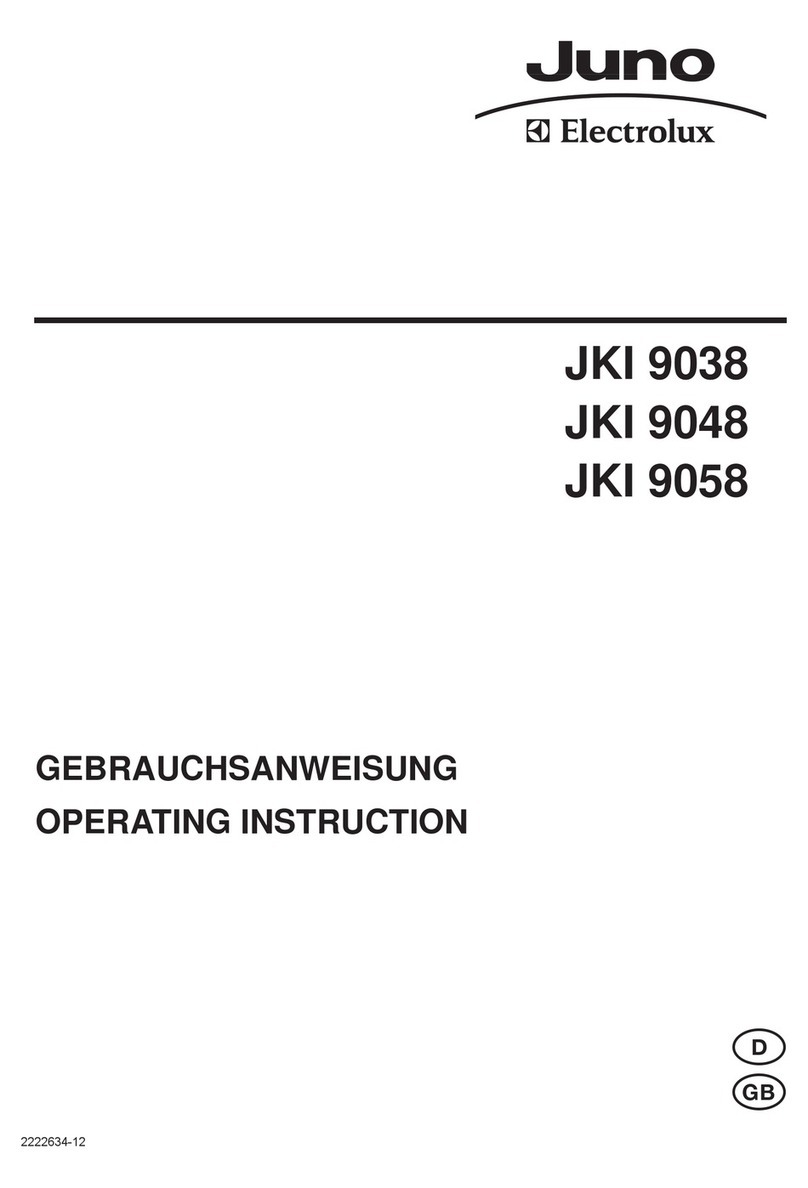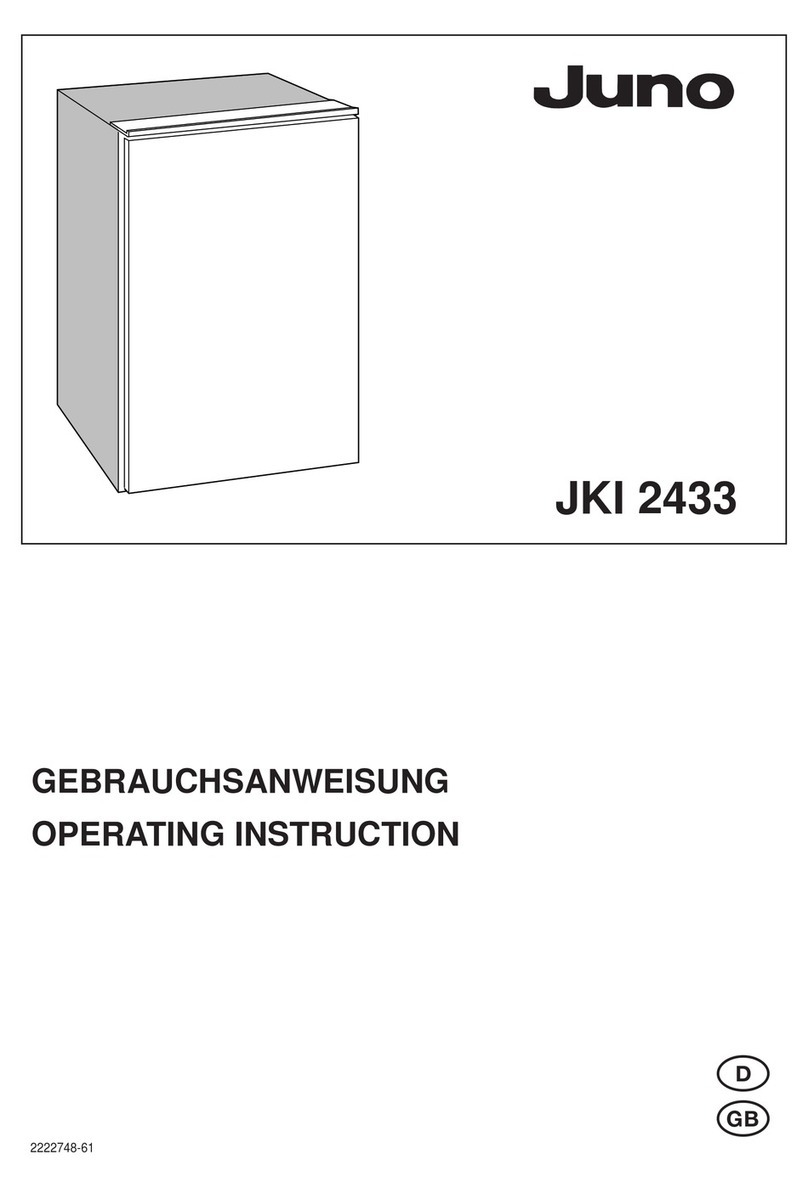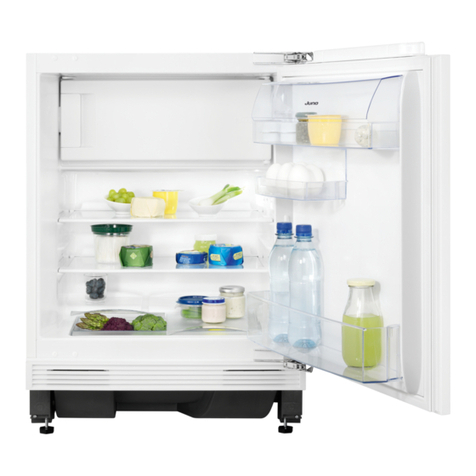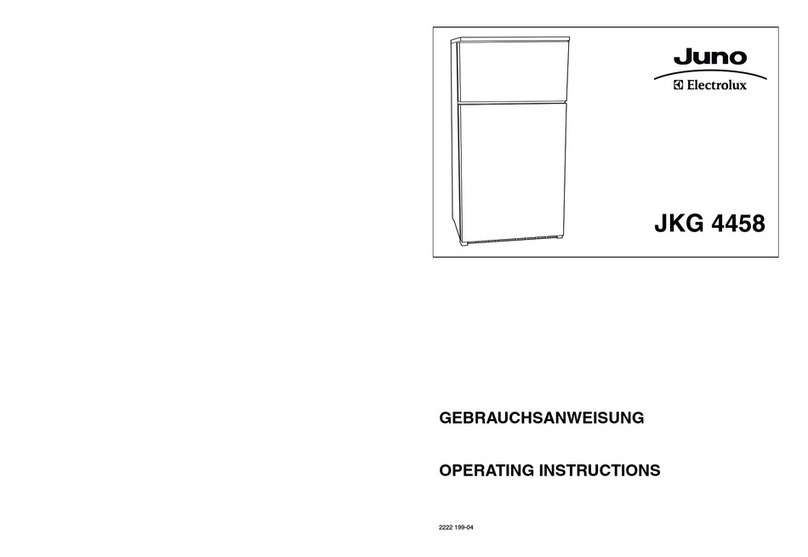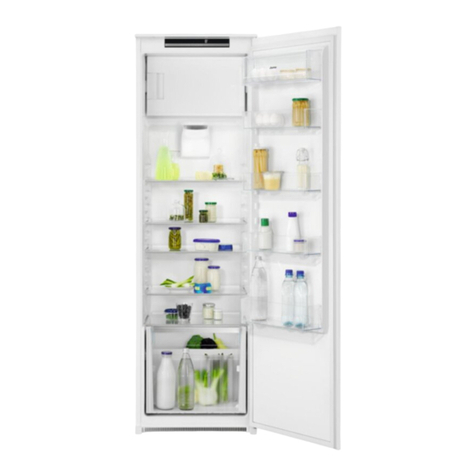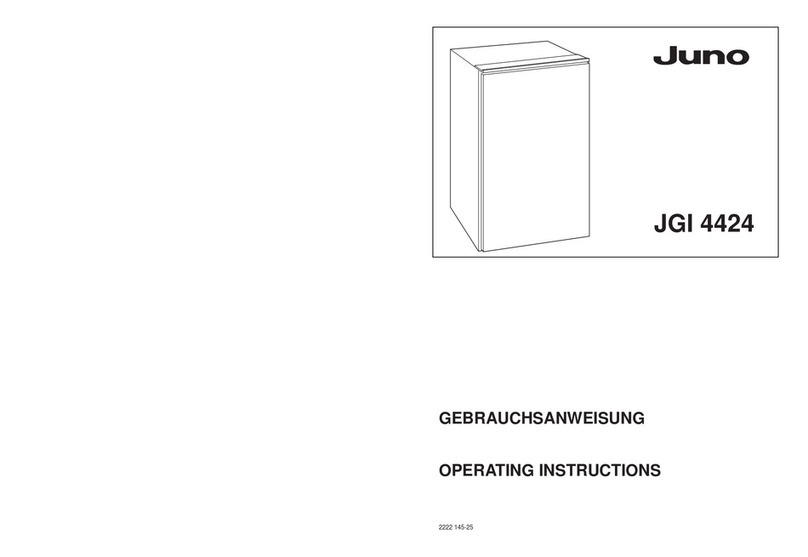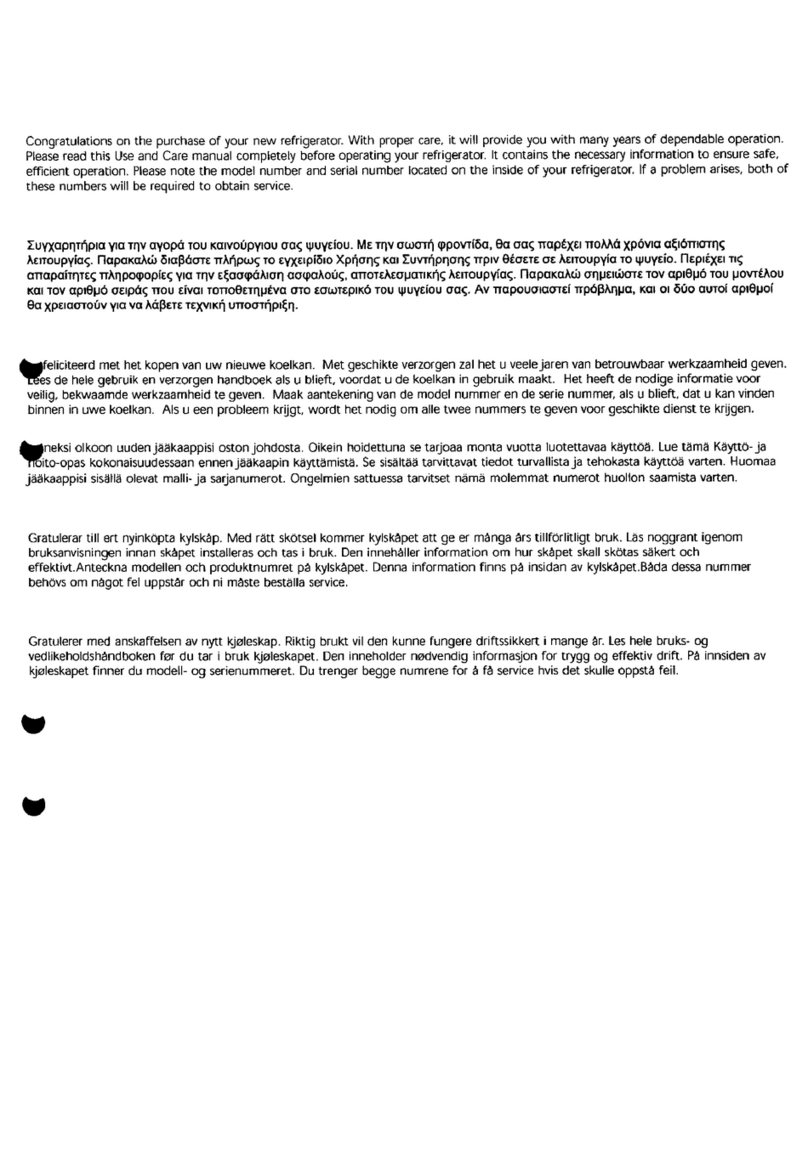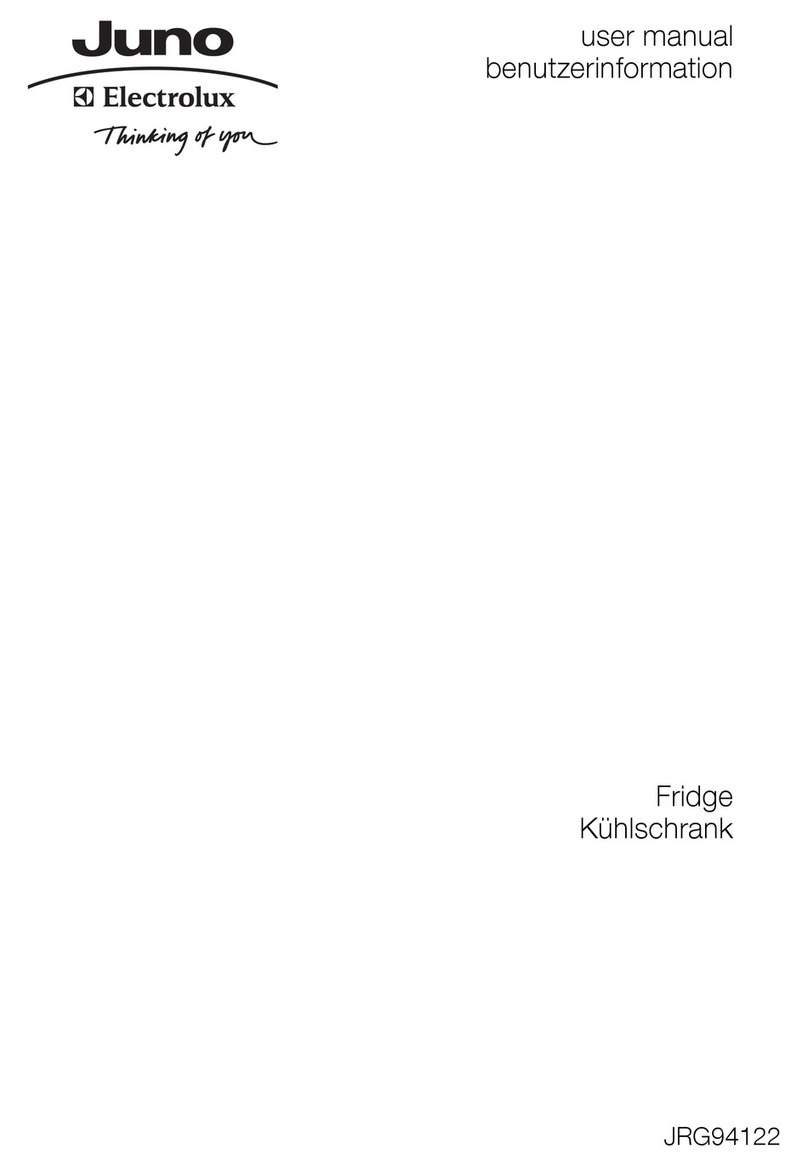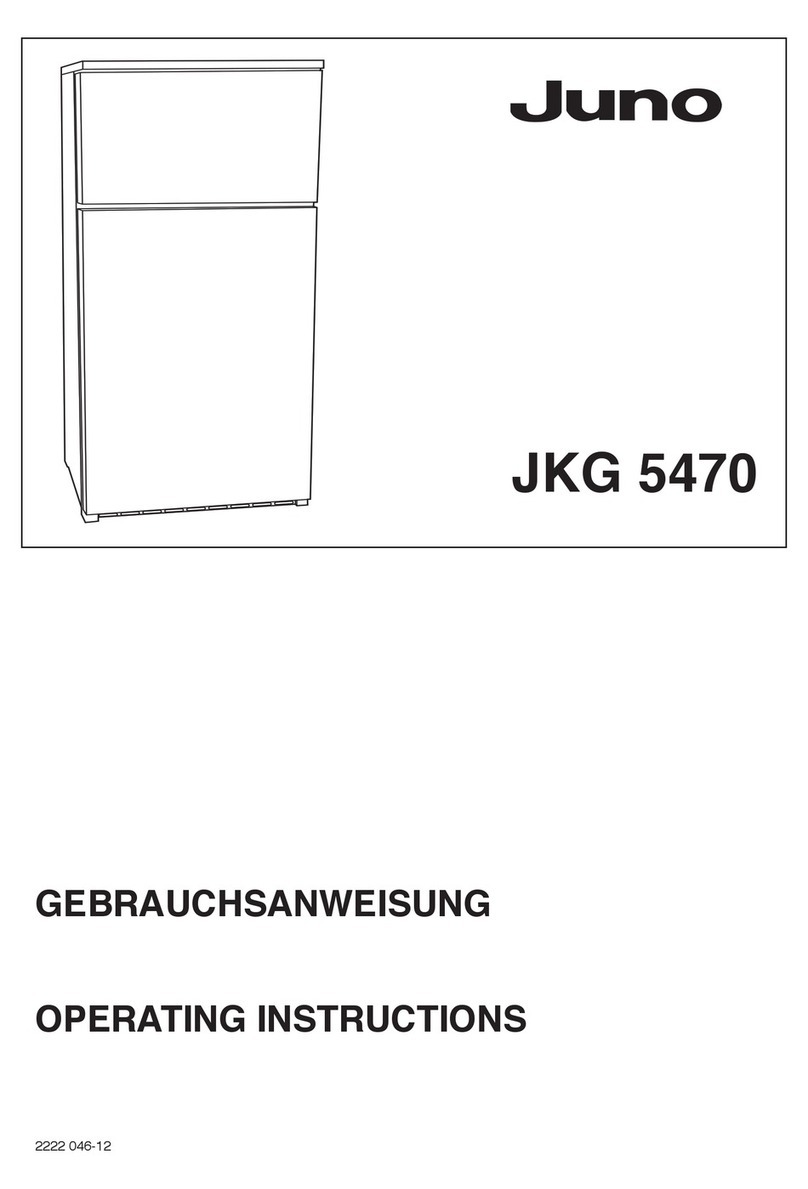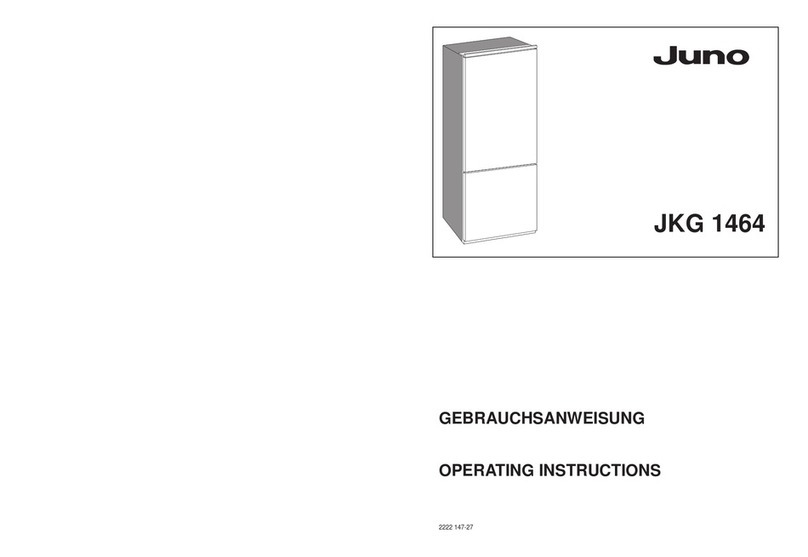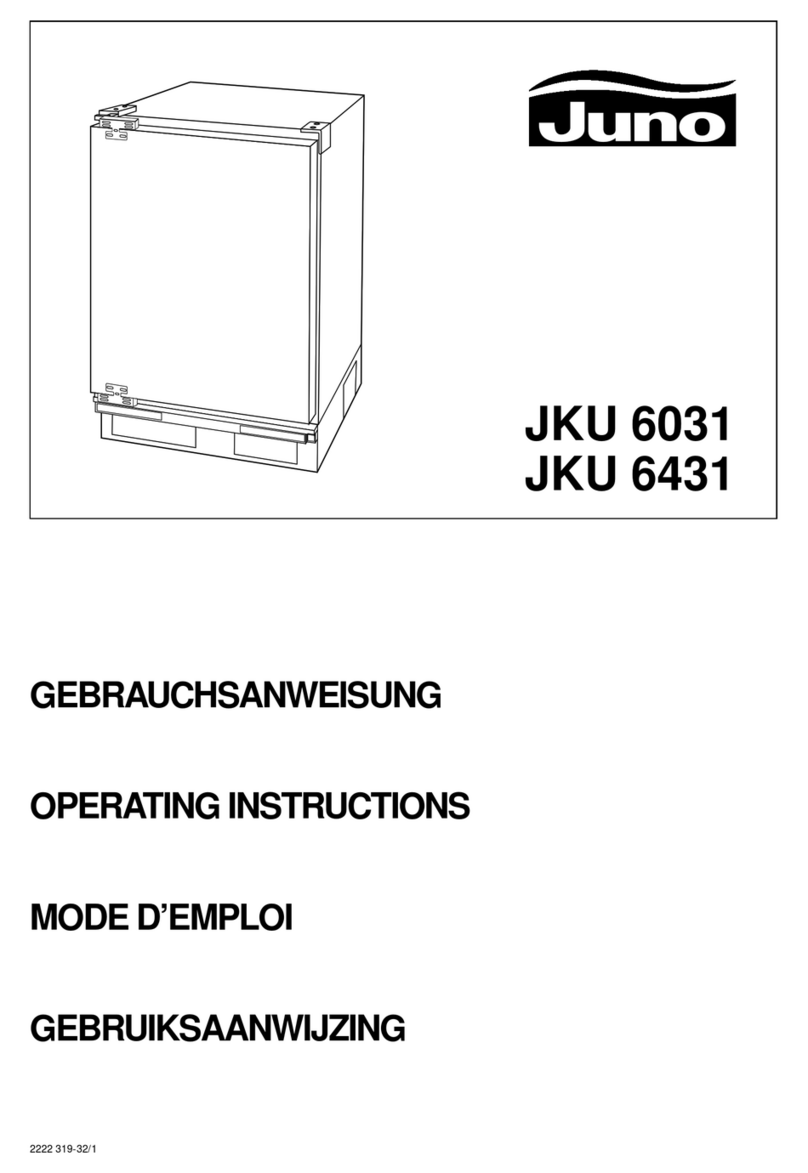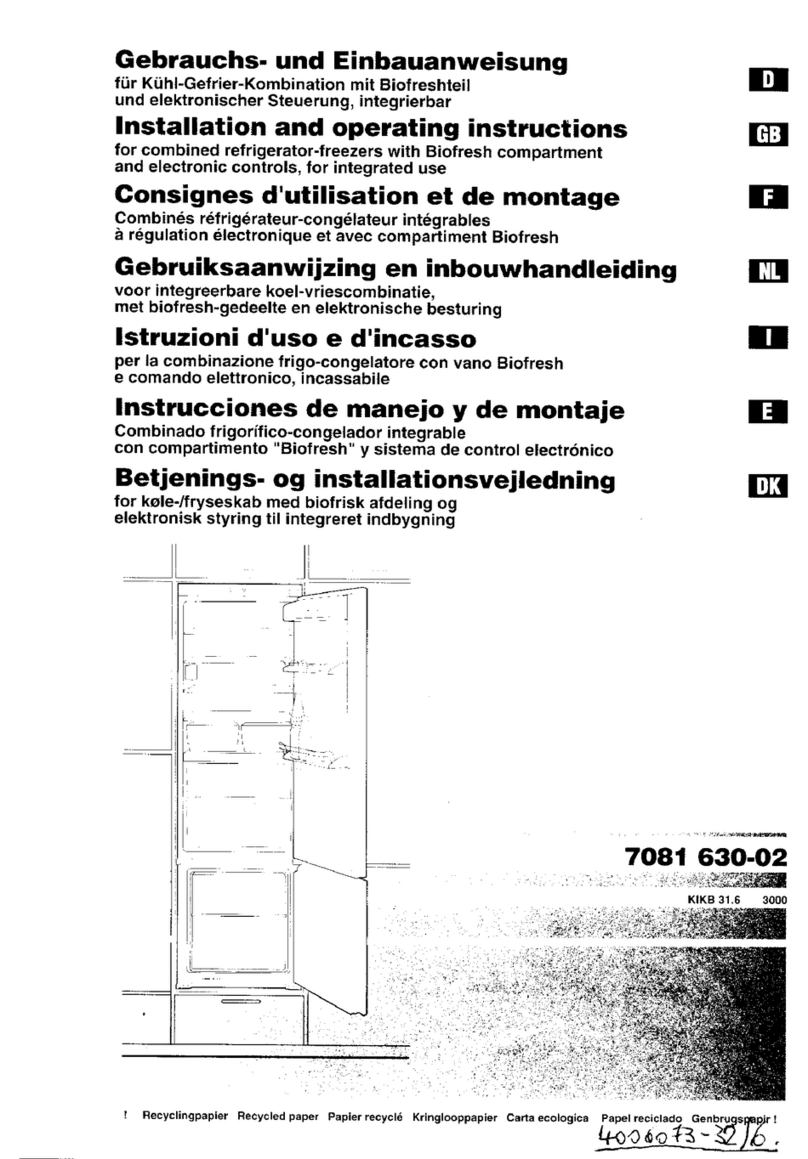11
WARNINGS
It is most important that this instruction book
should be retained with the appliance for future
reference. Should the appliance be sold or trans-
ferred to another owner, or should you move house
and leave the appliance, always ensure that the
book is supplied with the appliance in order that
the new owner can be acquainted with the func-
tioning of the appliance and the relevant warnings.
These warnings are provided in the interest of
safety. You must read them carefully before
installing or using the appliance.
ªThis appliance is designed to be operated by
adults. Children should not be allowed to tamper
with the controls or play with the appliance.
ªAny electrical work required to install this appliance
should be carried out by a qualified electrician or
competent person.
ªThis appliance should be serviced by an authorized
Service Centre, and only genuine spare parts
should be used.
ªIt is dangerous to alter the specifications or modify
this appliance in any way.
ªCare must be taken to ensure that the appliance
does not stand on the electrical supply cable.
ªThe domestic refrigerators and freezers are designed
to be used specifically for the storage of edible food-
stuffs only.
ªFrozen food must not be re-frozen once it has been
thawed out.
ªManufacturers’ storage recommendations should
be strictly adhered to. Refer to relevant instructions.
ªThere are working parts in this appliance which heat
up. Always ensure that there is adequate ventilation
as a failure to do this will result in component failure
and possible food loss. See installation instruc-
tions.
ªParts which heat up should not be exposed. Wher-
ever possible the back of the appliance should be
against a wall.
ªBefore any cleaning or maintenance work is carried
out, be sure to switch off and unplug the appliance.
ªIf the appliance is transported horizontally, it is
possible that the oil contained in the compressor
flows in the refrigerant circuit. It is advisable to wait
at least two hours before connecting the appliance
to allow the oil to flow back in the compressor.
ªThe inner lining of the appliance consists of chan-
nels through which the refrigerant passes. If these
should be punctured this would damage the appli-
ance beyond repair and cause food loss. DO NOT
USE SHARP INSTRUMENTS to scrape off frost or
ice. Frost may be removed by using the scraper
provided. Under no circumstances should solid ice
be forced off the liner. Solid ice should be allowed
to thaw when defrosting the appliance. See defrost
instructions.
ªDo not place carbonated or fizzy drinks in the
freezer as it creates pressure on the container,
which may cause it to explode, resulting in damage
to the appliance.
ªThis appliance is heavy. Care should be taken when
moving it.
ªIce lollies can cause frost burns if consumed
straight from the appliance.
ªUnder no circumstances should you attempt to
repair the appliance yourself. Repairs carried out by
inexperienced persons may cause injury or more
serious malfunctioning. Refer to your local Service
Centre, and always insist on genuine spare parts.
ªThis appliance does not contain gasses which
could damage the ozone layer, in either its refrig-
erant circuit or insulation materials; it must never-
theless be disposed off in a proper manner, in
accordance with regulations for protection of the
environment.
